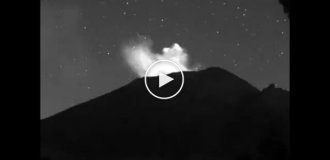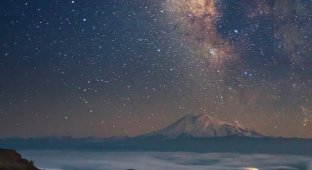The mystery of the desert: who wanted to build a city in the heart of the Sahara? (10 photos + 1 video)
The central Sahara in Niger is a territory practically inaccessible to people. Any tourist traveling south from the Mediterranean coast faces a huge number of obstacles. 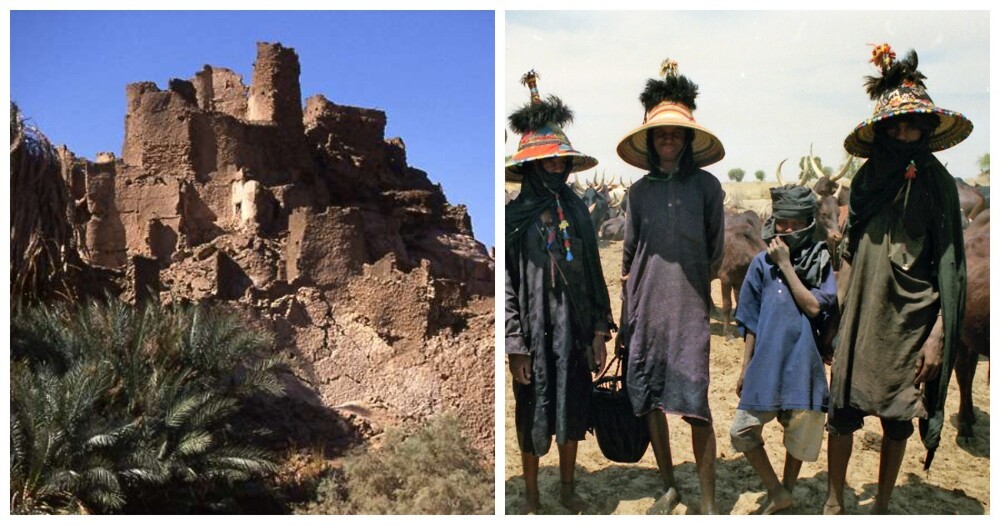
Giant uplifted dunes block the way. The exhausting heat and drying winds drain the energy from all living things, and the landscape looks almost devoid of life. 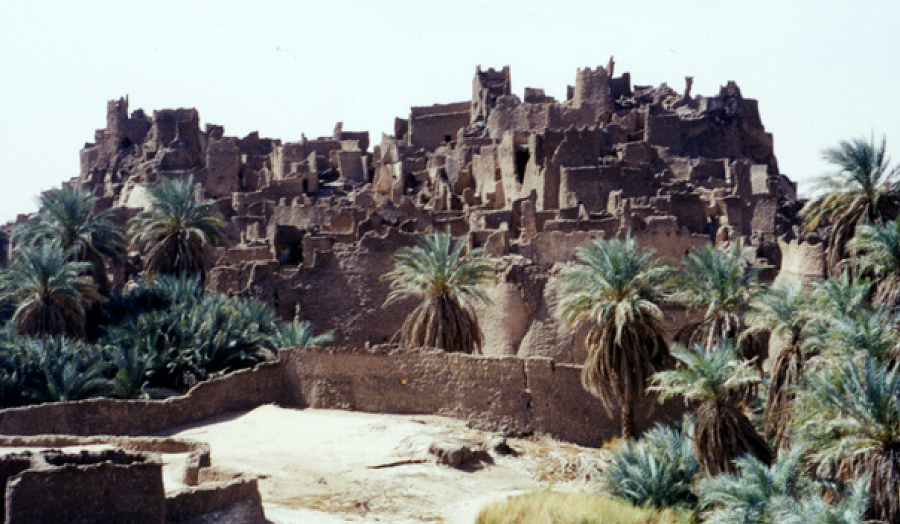
But a surprise awaits those who penetrate the depths of the great desert. Here, surrounded by sand-shrouded canyons, on a lonely plateau are the ruins of a huge fortress city. It, which received its modern name in honor of the Djado plateau, where it is located, is almost an absolute mystery.
Some buildings look familiar, repeating the architecture of other similar cultures. Others are completely authentic, and their functionality is a complete mystery.
The age of these ruins varies from 800 to 1000 years. The city ruins appeared during a period of time when this part of the desert was much wetter, greener and fertile. Something is known about the inhabitants who inhabited the territory until recently. But who built it is unknown.
Construction of Jado 
In fact, the fortified city of Jado is a ksar. These classic North African fortified settlements typically consist of rows of residential buildings, usually built around a central food warehouse, built with an emphasis on defensive functions. Similar to the Jado ksars, they were built from palm trunks covered with an adobe mixture, which the desert winds hardened to the hardness of metal. 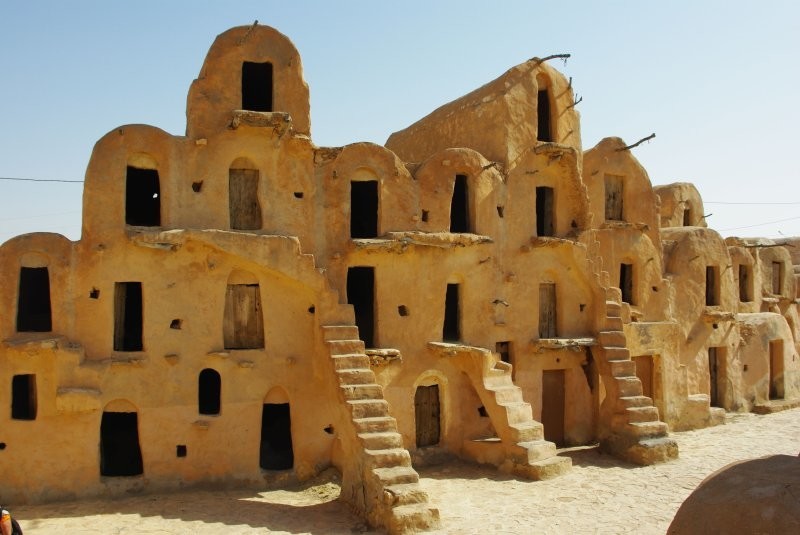
Xar example
But what sets Jado apart from most similar ksars is its incredible size. Rising above the desert, the colossal fortress seems to make the rest of the landscape insignificant. The Kanuri people, who inhabit the desert in the center of the Sahara, were the last known inhabitants of this place. Perhaps their ancestors were engaged in construction. But there are no facts to prove this. Especially considering that Kanuri are not particularly skilled builders. Perhaps they inherited the city, as they say. And they erected it as a representative of a much more ancient culture, about which no data has been preserved.
Over the past 5 centuries, when the climate changed, it became impossible to live in the settlement. It fell into disrepair. Today it is difficult to access, and only rare excavations are carried out on its site. It really is a ghost town on both sides, mothballed and preserved by the great desert. 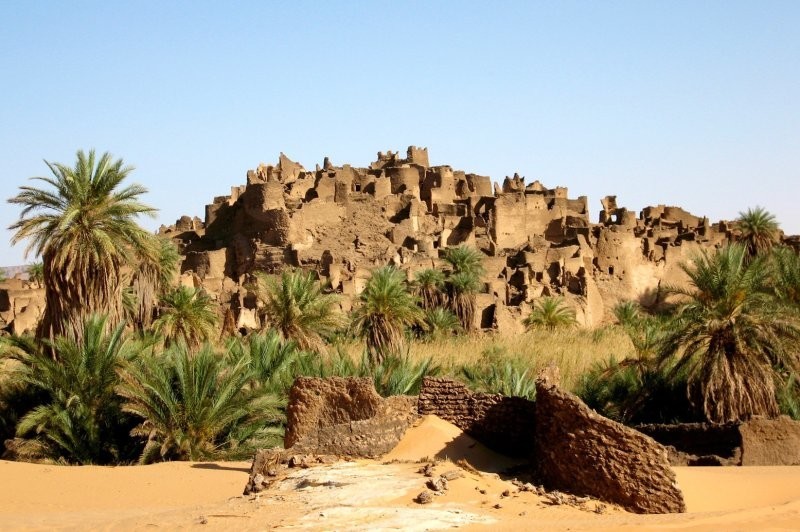
But the Ksar design is perfectly adapted to sudden changes in temperature and difficult desert conditions, so the departure of residents from Jado did not mean its disappearance from the face of the earth: the mysterious city has survived to this day.
Desolation of Jado 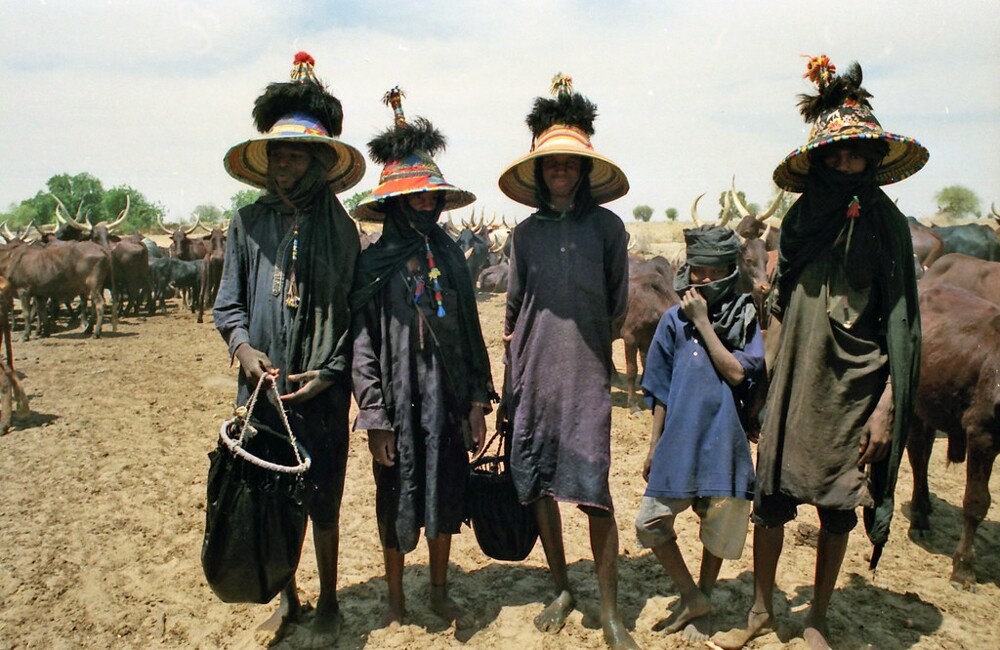
Kanuri
The turning point that forced the Kanuri to leave Jado was probably the gradual drying up of drinking water. As the green landscape transformed into desert, the water became brackish and the environment too harsh for survival. Due to its advantageous location and milder climate, in the past people lived on the Jado plateau much longer than in the city itself.
People lived on the plateau for about 60,000 years, leaving cave paintings and other evidence of their presence here. Small cattle were bred here as early as 7000 BC. During this period, the first settlements were built here. Cattle appeared around 4-3.5 thousand years BC. e. 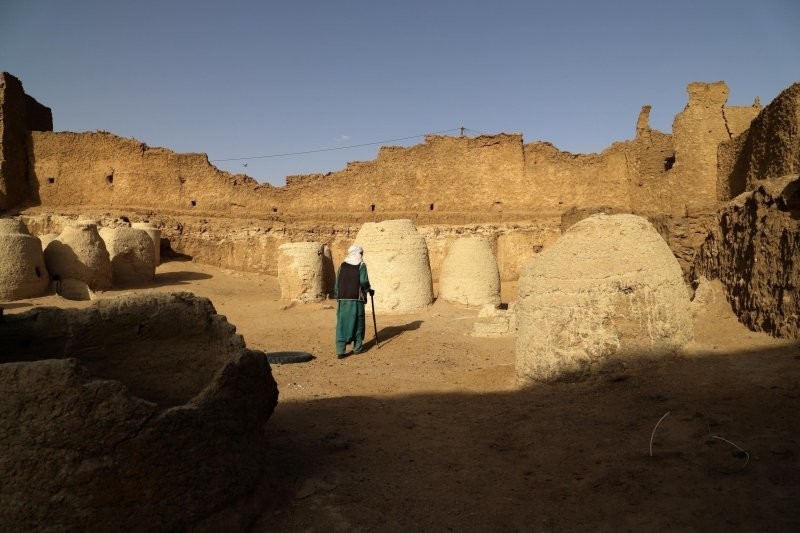
Cave paintings discovered in the Air Mountains date back to between 3,500 and 2,500 BC. They show a world that is completely different from the modern one: not a modern landscape: a varied landscape with dense vegetation and an abundance of animals.
Lost in the Desert 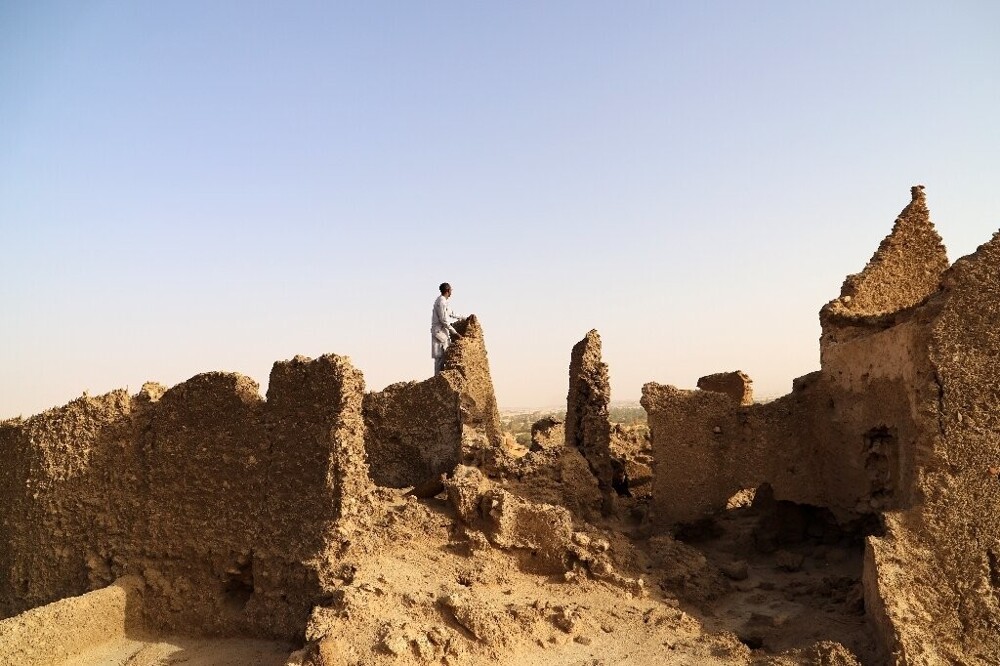
Today, getting to the once great city can be difficult. This part of the world is not stable. And the tribes inhabiting the territory are constantly fighting for limited important resources. Of course, the city's founders were skilled city planners, creating a fortress in the heart of northern Africa that was far superior to all others.
The Kanuri now live in the nearby desert village of Chirfa. But every year they return to the place of their ancestors to harvest dates. It’s strange, but for some reason the date palms have survived, they feel good and bear fruit. 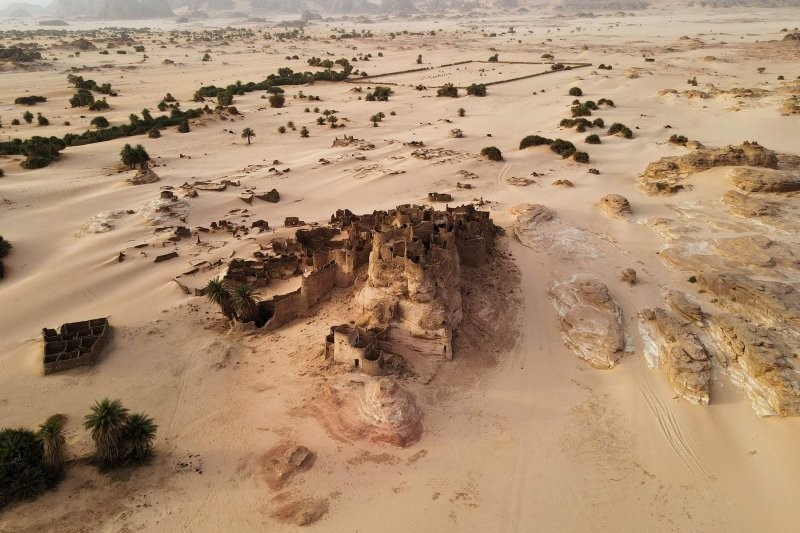
Kanuri is a remnant of the great ancient civilization Kanem, which reigned in the central Sahara from 700 to 1300 AD. But the origins of this empire are also shrouded in mystery. There is practically no information about its origins. It is unknown whether Jado was founded during this period. It is possible that he may even be older than Kanem. 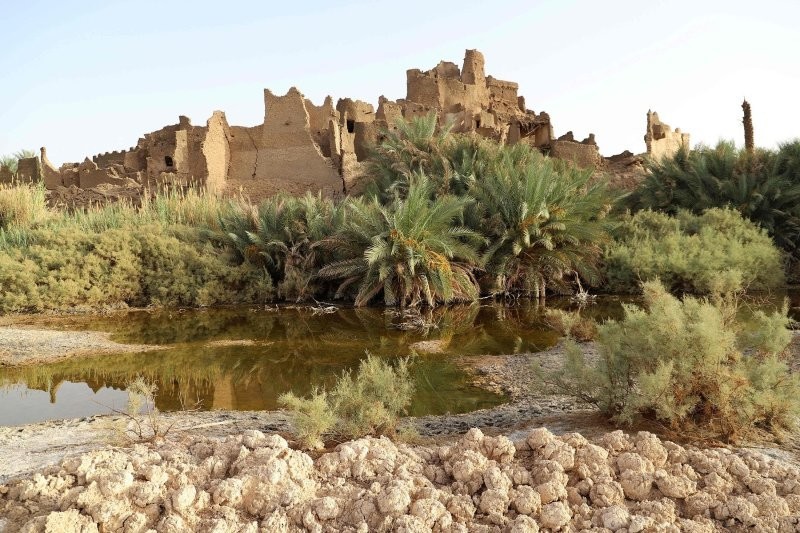
If the Kanem built Jado, then excavations at this site can tell a lot about this mysterious culture and provide insight into its origins. But if they simply inherited Jado, then perhaps someday they will be able to discover something else, preserved and for the time being hidden from human eyes and protected by the desert, so that one day they will finally reveal all their secrets.











